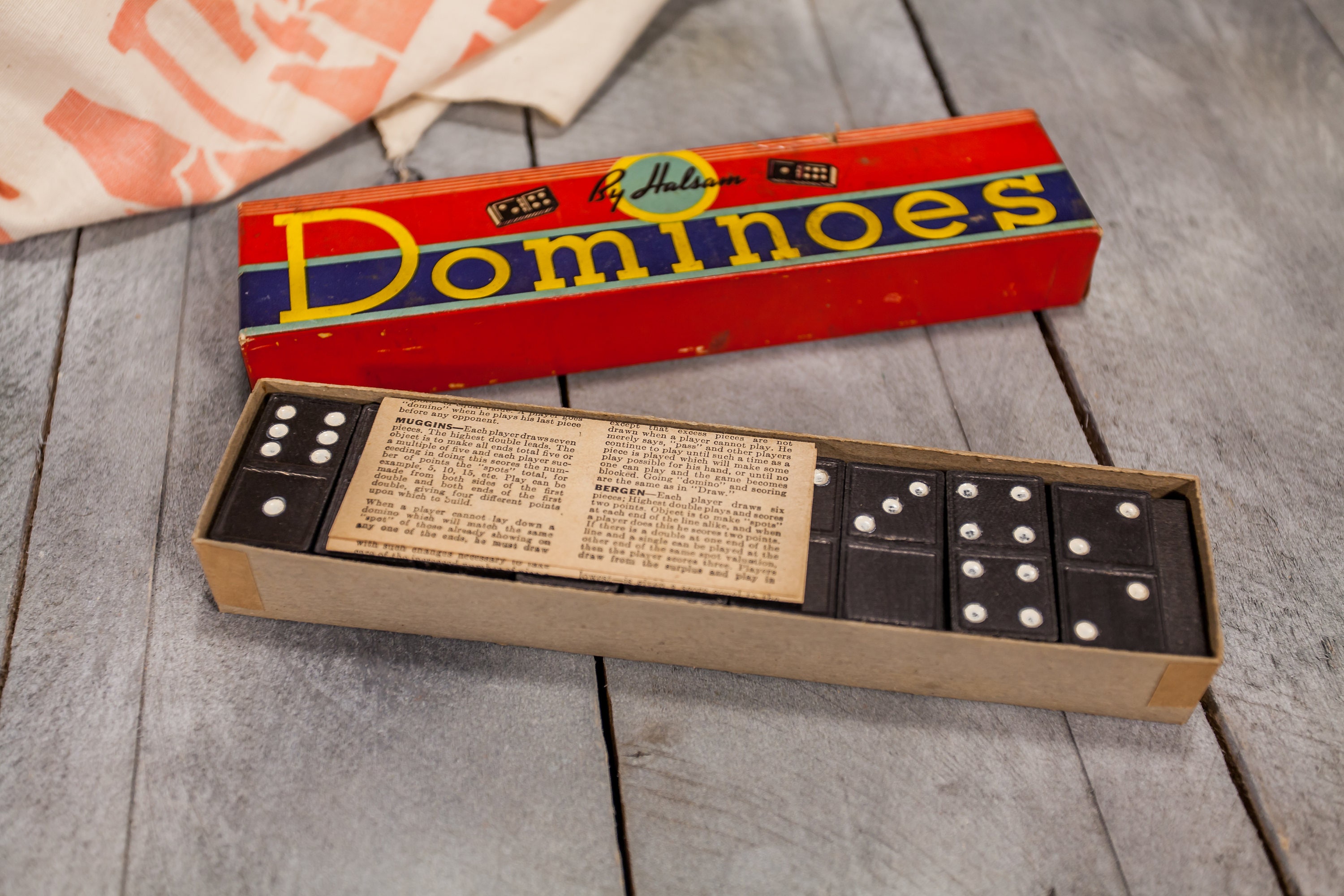
2–5 or 5–2 are alternative ways of describing the tile with the values 2 and 5. Tiles are generally named after their two values e.g. the total number of pips, may be referred to as the rank or weight of a tile, and a tile with more pips may be called heavier than a lighter tile with fewer pips. In the most common variant (Double Six) the values range from blank or 0 (no pips) to 6. The value of either side is the number of spots or pips. Ivory Dominoes were routinely used in 19th century rural England in the settling of disputes over traditional grazing boundaries, and were commonly referred to as "bonesticks" (see Hartley, Land Law in West Lancashire in the mid- 19th Century, Farm Gazette, March 1984).ĭomino tiles, also known as bones, are twice as long as they are wide and usually have a line in the middle dividing them into two squares. Instead, European sets contain seven additional dominoes, with six of these representing the values that result from throwing a single die with the other half of the tile left blank, and the seventh domino representing the blank-blank (0–0) combination. European domino sets contain neither class distinctions nor the duplicates that went with them. The game changed somewhat in the translation from Chinese to the European culture. The early 18th century witnessed dominoes making their way to Europe, making their first appearance in Italy. Chinese dominoes are also longer than typical European dominoes. Chinese sets also introduce duplicates of some throws and divide the dominoes into two classes: military and civil. One half of each domino is set with the pips from one die and the other half contains the pips from the second die. Each domino originally represented one of the 21 results of throwing two 6-sided dice (2d6). Many different domino sets have been used for centuries in various parts of the world to play a variety of domino games.
/pic1917656.jpg)
Chinese dominoes with blank faces were known during the 17th century.

The thirty-two-piece Chinese domino set, made to represent each possible face of two thrown dice and thus have no blank faces, differs from the twenty-eight-piece domino set found in the West during the mid 18th century. Traditional Chinese domino games include Tien Gow, Pai Gow, Che Deng, and others. In the Encyclopedia of a Myriad of Treasures, Zhang Pu (1602–1641) described the game of laying out dominoes as pupai, although the character for puhad changed, yet retained the same pronunciation.
#DOMINOES BOARD GAME MANUAL#
But some Chinese scholars believe this manual is a forgery from a later time.

The earliest known manual written about dominoes is the 《宣和牌譜》 (Manual of the Xuanhe Period) written by Qu You (1341–1437). Andrew Lo asserts that Zhou Mi meant dominoes when referring to pupai, since the Ming author Lu Rong(1436–1494) explicitly defined pupai as dominoes (in regards to a story of a suitor who won a maiden's hand by drawing out four winning pupai from a set). the capital Hangzhou) written by the Yuan Dynasty (1271–1368) author Zhou Mi (1232–1298), who listed " pupai" (gambling plaques or dominoes) as well as dice as items sold by peddlers during the reign ofEmperor Xiaozong of Song (r. The oldest confirmed written mention of dominoes in China comes from the Former Events in Wulin (i.e. Dominoes first appeared in Italy during the 18th century, and although it is unknown how Chinese dominoes developed into the modern game, it is speculated that Italian missionaries in China may have brought the game to Europe. The earliest mention of dominoes is from Song dynasty China, found in the text Former Events in Wulin. A domino set is a generic gaming device, similar to playing cards or dice, in that a variety of games can be played with a set. The backs of the dominoes in a set are indistinguishable, either blank or having some common design. Each end is marked with a number of spots (also called pips, nips, or dobs) or is blank. Each domino is a rectangular tile with a line dividing its face into two square ends. The traditional Sino-European domino set consists of 28 dominoes, colloquially nicknamed bones, cards, tiles, tickets, stones, or spinners. The domino gaming pieces make up a domino set, sometimes called a deck or pack.

Dominoes (or dominos) is a game played with rectangular "domino" tiles.


 0 kommentar(er)
0 kommentar(er)
